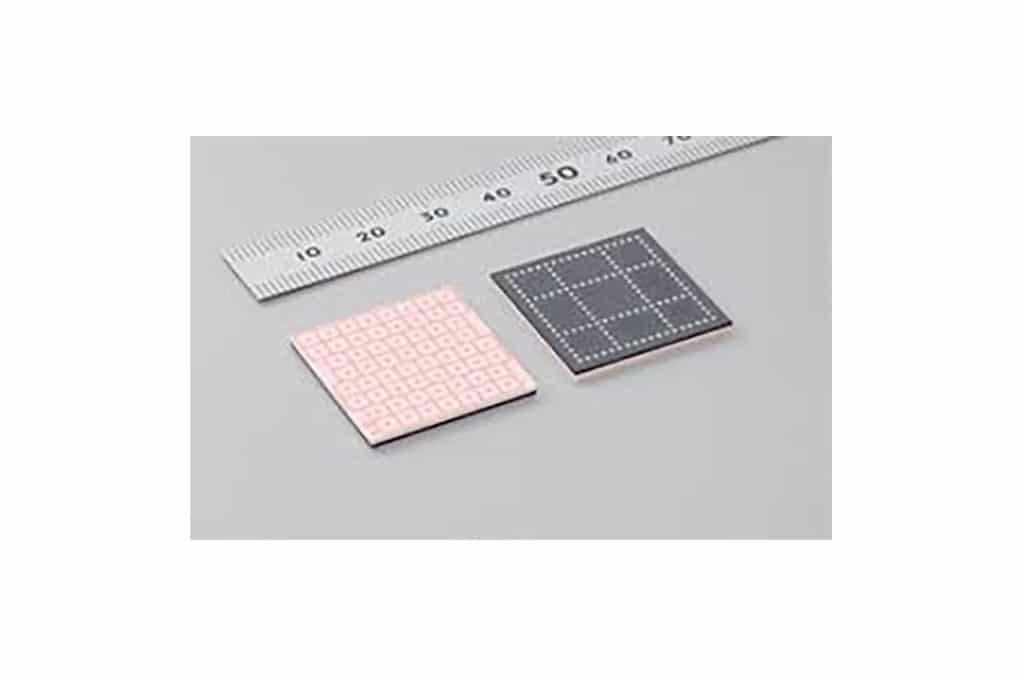Source: Murata news
Murata Manufacturing Co., Ltd. (head office: Nagaokakyo-shi, Kyoto; Chairman of the Board and President: Tsuneo Murata) has commercialized and begun mass-production of a millimeter-wave (60GHz*1) RF antenna module that makes possible the high-speed broadband communications that are required for creating the next generation of wireless networks.
1.Background of Development
The need is growing for faster Internet communication in line with the increase in bandwidth required by Internet contents such as ultra-high definition (HD, 4K) video, augmented reality (AR), and virtual reality (VR).
In addition, constructing wired networks that cover wide areas requires enormous amounts of cables and labor, and the costs of constructing and maintaining this infrastructure are also considerable. The new millimeter-wave RF antenna module will contribute to the creation of the next generation of wireless networks that utilize the 60GHz frequency by supporting the IEEE802.11ad*2 millimeter-wave wireless LAN standard.
Furthermore, Murata has designed this new module to perform well in outdoor applications such as in the base stations of telecommunications carriers. Thanks to the use of an independently developed LTCC*3, it realizes stable communications quality while featuring both high heat resistance and high moisture resistance.
The new module is anticipated to be utilized in a wide range of applications such as for communication between mobile phone base stations including next-generation 5G wireless communication, for communication between Wi-Fi hotspots, and for use in wireless communication networks in smart cities.
2.Features of the Product
The features of the new millimeter-wave RF antenna module are as follows.
- Facilitates communication at up to 4.62Gbps per channel*4 and supports the IEEE802.11ad wireless LAN standard.
- Realizes optimized antenna beamforming using a proprietary LTCC circuit board capable of facilitating high-precision 60GHz band communication. In addition to communication via a standalone module, by combining multiple modules it is possible to extend the communication range and link outdoor base stations several hundred meters apart for multi-gigabit communication.
- The LTCC circuit board’s high heat resistance and low moisture absorption realize excellent operational reliability and enable use even in outdoor base station environments.
- Highly efficient antenna module operation realizes low transmission line loss between the IC and the antenna thanks to the low-loss material characteristics of the LTCC.
- The modularized RFIC and antenna package eliminates the need to design new millimeter-wave RF circuitry, which will reduce the amount of labor required for developing new network equipment.
3.Future development
Murata will contribute to the creation of next-generation networks by developing various communication modules in anticipation of the practical application of IEEE802.11ay*5, for which standardization is currently progressing as the 5G next-generation mobile communication standard for the realization of even faster wireless LANs.
*1 A frequency band not requiring a radio license for the installation of base stations
*2 A next-generation wireless communication standard using the 60GHz high-frequency band in order to achieve high-speed communication
*3 Abbreviation of Low Temperature Co‐fired Ceramics: Refers to ceramics fired at temperatures of 1000℃ or lower
*4 A frequency band for transmission in wireless communication
*5 The proposed next-generation high-speed wireless network standard that will succeed IEEE802.11ad
